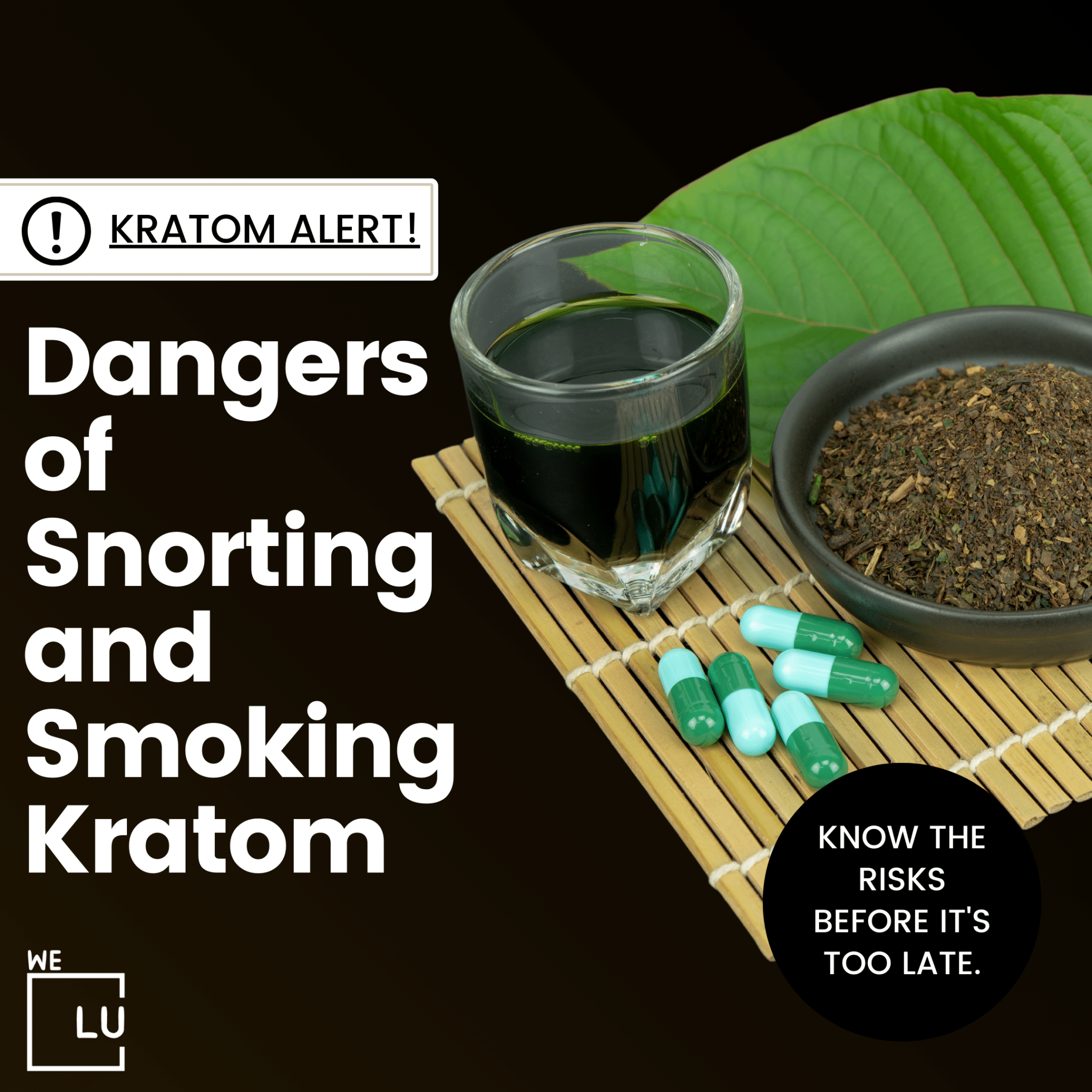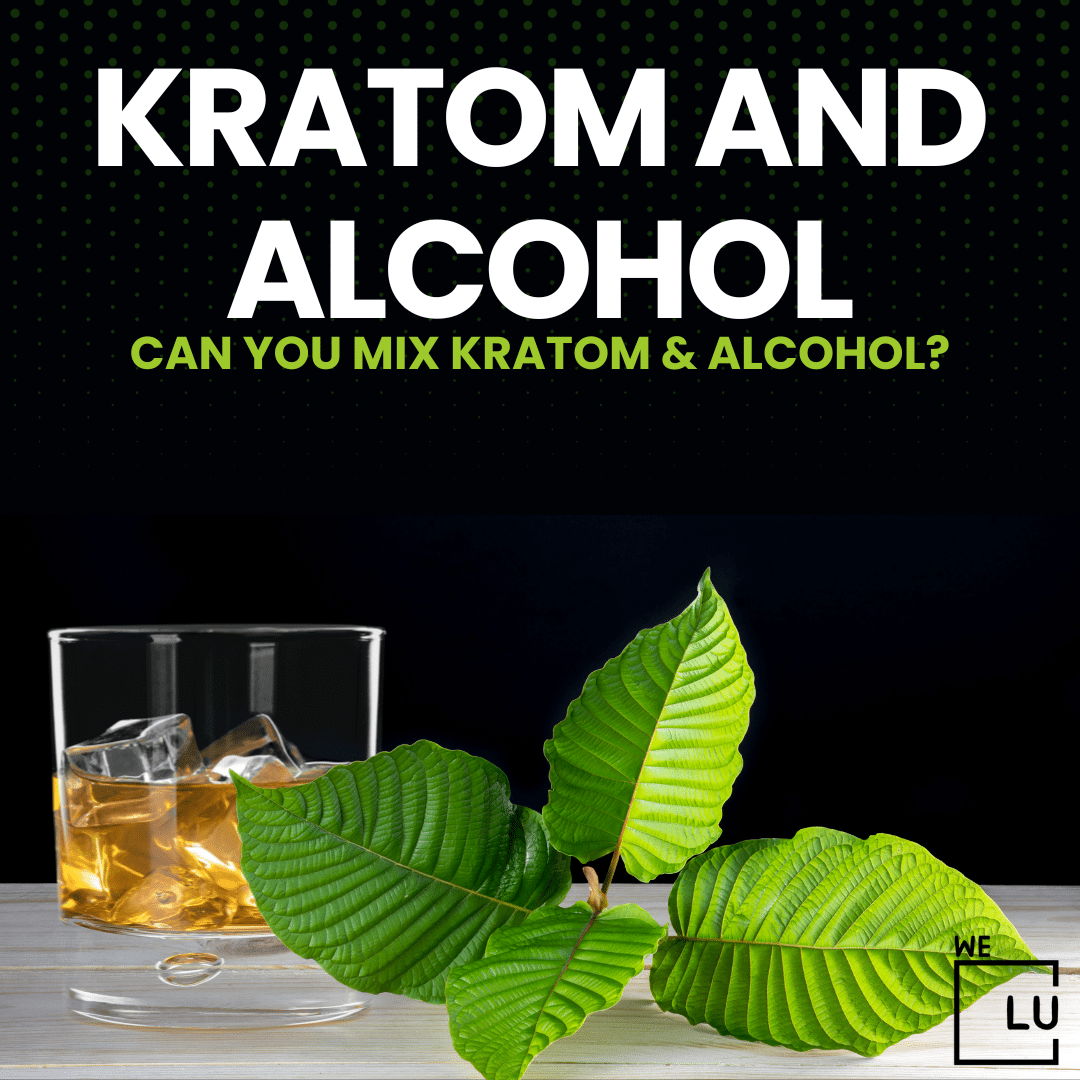Fentanyl In Weed
What Is Fentanyl?
Fentanyl is a potent synthetic opioid analgesic (pain-relieving) medication. It is used medically for the management of severe pain, particularly in patients who are already tolerant to other opioids. Fentanyl is much more potent than most other opioids, including morphine, and is estimated to be about 50 to 100 times more powerful than morphine and about 50 times more potent than heroin.
Due to its potency, fentanyl carries a high risk of overdose, and misuse can be life-threatening. Illegally manufactured fentanyl has been a significant contributor to the opioid epidemic, as it is often mixed with other drugs, such as heroin or cocaine, leading to unintentional overdoses.
Fentanyl works by binding to the body’s opioid receptors, which are primarily found in the brain and spinal cord. This binding suppresses pain signals and dopamine release, producing pain relief and feelings of euphoria. The drug is available in various formulations, including patches, tablets, injections, and nasal sprays.
What Is Weed?
“Weed” is a colloquial term commonly used to refer to marijuana, which is a psychoactive drug derived from the Cannabis plant. The plant contains various compounds known as cannabinoids, with delta-9-tetrahydrocannabinol (THC) being the primary psychoactive compound responsible for the drug’s mind-altering effects.
Marijuana has been used for both medicinal and recreational purposes for thousands of years. It is known for its ability to induce relaxation, alter perception, and enhance sensory experiences. Some people use marijuana for its potential therapeutic effects, such as pain relief, nausea reduction, and appetite stimulation. Medical marijuana is legal in various jurisdictions for certain medical conditions, although the specific regulations vary widely.
Marijuana can be consumed in different forms, including smoking the dried flowers (buds) of the Cannabis plant, vaporizing the plant material, consuming edibles infused with cannabis extracts, or using tinctures and oils. The legality of marijuana varies globally and within different regions, with some places allowing its recreational and medicinal use while others strictly prohibit it.
What Does “Laced” Mean?
“Laced” refers to the practice of adding other substances or drugs to a product, typically without the knowledge or consent of the person who will use or consume it. This term is often used in the context of drugs, where one substance is mixed or adulterated with another. For example, if someone says that their marijuana is laced, it means that something other than or in addition to the expected cannabis has been added to it. Similarly, if a drug like cocaine or heroin is said to be laced, it implies that another substance has been mixed with it.
Lacing substances can be dangerous, leading to unexpected and potentially harmful effects. Sometimes, substances are laced with more potent drugs or substances with different effects, which can increase the risk of overdose or adverse reactions. In some cases, individuals may lace drugs intentionally to increase their potency or to create a more addictive product.
What Is Fentanyl Laced Weed?
“Fentanyl-laced weed” refers to marijuana that has been adulterated or contaminated with the potent synthetic opioid fentanyl. Fentanyl is a powerful opioid analgesic that is many times more potent than drugs like morphine and heroin. It is primarily prescribed for severe pain management, such as during surgeries or for patients with chronic pain who are opioid-tolerant.
When fentanyl is added to marijuana without the knowledge or consent of the user, it poses significant health risks. Fentanyl is associated with a high risk of overdose, and even small amounts can cause respiratory depression, coma, and death. The combination of fentanyl, a potent opioid, with marijuana, a psychoactive drug, can have unpredictable and potentially dangerous effects on an individual’s health.
The presence of fentanyl in illicit drugs, including marijuana, has been a growing concern and a contributing factor to the opioid epidemic. Users may be unaware that the drugs they are consuming are laced with fentanyl, leading to unintentional overdoses.
The Dangers Of Smoking Fentanyl Laced Weed
Smoking fentanyl-laced weed can pose severe dangers and risks to individuals due to the potent nature of fentanyl, a synthetic opioid. Here are some of the potential risks associated with smoking weed that has been laced with fentanyl:
- Overdose Risk: Fentanyl is highly potent, and even a tiny amount can cause a rapid and intense onset of opioid effects. Smoking fentanyl-laced weed significantly increases the risk of overdose, which can lead to respiratory depression, coma, and death.
- Unpredictable Effects: Combining marijuana, a psychoactive drug, with fentanyl, an opioid, can result in unexpected and potentially dangerous effects. The interaction between the two substances can amplify the risks associated with each, leading to heightened sedation, impaired coordination, and cognitive effects.
- Respiratory Depression: Fentanyl, like other opioids, can depress the respiratory system. Smoking fentanyl-laced weed can exacerbate this effect, leading to difficulty breathing, slow and shallow breathing, and a heightened risk of respiratory failure.
- Addiction and Dependence: Regular use of fentanyl, even unintentionally through laced weed, can lead to the development of opioid dependence and addiction. The addictive nature of opioids can result in a cycle of drug-seeking behavior and increased risk of adverse health outcomes.
- Lack of Tolerance: Individuals who are not regular opioid users may have little to no tolerance to the effects of fentanyl. Smoking weed laced with fentanyl can expose these individuals to a much higher risk of overdose due to their lack of tolerance.
- Legal Consequences: In addition to health risks, the use of illicit drugs, including fentanyl-laced weed, can have legal consequences. Possession and use of controlled substances are often illegal, and individuals may face legal repercussions if caught with these substances.
- Unawareness of Contamination: Users may not be aware that the weed they are smoking is laced with fentanyl. Lack of awareness increases the likelihood of unintentional use, making it challenging for individuals to take precautions or seek medical help when needed.

Skip To:
Learn More:
- How Strong Is Fentanyl? Fentanyl Facts, Dangers, Effects.
- Fentanyl Street Names. Brand, Generic, and Slang Names of Fentanyl.
- Can You Smoke Fentanyl? Can Fentanyl Be Used Safely?
- Fentanyl Facts, Effects, Use, And How Does Fentanyl Make You Feel?
- Why Is Fentanyl So Dangerous? What is Fentanyl, Effect & Use
- What Is A Lethal Dose Of Fentanyl? Fentanyl Overdose Facts
- How Long Does Weed Stay In Your Blood Stream? How Long Does Weed Stay In Your System?
- What Happens When You Sleep High? Marijuana Use & Sleep
- THC Withdrawal, Symptoms, Timeline, and Treatment
- What Does THC Do to the Brain? Long-Term Effects of Marijuana
What Are The Side Effects Of Fentanyl Laced Weed?
The side effects of fentanyl-laced weed can be severe and dangerous due to the potent nature of fentanyl, a synthetic opioid. It’s important to note that the side effects can vary depending on factors such as the individual’s tolerance, the amount of fentanyl present, and any other substances mixed with the weed. Here are potential side effects associated with smoking fentanyl-laced weed:
- Respiratory Depression: Fentanyl, like other opioids, can depress the respiratory system, leading to slow and shallow breathing. This effect is heightened when fentanyl is present, increasing the risk of respiratory distress or failure.
- Drowsiness and Sedation: Fentanyl-laced weed can cause extreme drowsiness and sedation. Individuals may experience a profound sense of lethargy and find it challenging to stay awake or alert.
- Confusion and Cognitive Impairment: The combination of marijuana and fentanyl can lead to confusion, impaired concentration, and cognitive dysfunction. Users may have difficulty thinking clearly or making decisions.
- Nausea and Vomiting: Opioids, including fentanyl, can cause nausea and vomiting. The addition of fentanyl to marijuana may exacerbate these gastrointestinal effects.
- Dizziness and Lightheadedness: Users may experience dizziness or lightheadedness, contributing to a higher risk of accidents or injuries.
- Coma: In severe cases or the event of an overdose, individuals may experience a loss of consciousness or slip into a coma.
- Death: The most severe potential side effect of fentanyl-laced weed is death. Fentanyl is highly potent, and even small amounts can lead to a fatal overdose, especially in individuals with low opioid tolerance.
The effects of fentanyl-laced weed are highly unpredictable, and the risks are significantly increased compared to using marijuana alone. Additionally, the user may not be aware that the weed is laced with fentanyl, making it challenging to anticipate or manage the potential side effects.
If someone is suspected of having smoked fentanyl-laced weed and is experiencing severe symptoms, it is essential to seek emergency medical attention immediately. Rapid intervention can be critical in cases of opioid overdose.

Get Your Life Back
Find Hope & Recovery. Get Safe Comfortable Detox, Addiction Rehab & Dual Diagnosis High-Quality Care.
Hotline (855) 695-1160
Why Is Fentanyl Laced Marijuana So Dangerous?
Fentanyl-laced marijuana is hazardous due to the combination of two factors: the potency of fentanyl and the unpredictability of illicitly laced substances. Here are key reasons why fentanyl-laced marijuana poses significant risks:
- Potency of Fentanyl: Fentanyl is a highly potent synthetic opioid, estimated to be 50 to 100 times more powerful than morphine and about 50 times more potent than heroin. Even small amounts of fentanyl can lead to a rapid and intense onset of opioid effects, including respiratory depression, sedation, and a high risk of overdose. The potency of fentanyl increases the likelihood of severe and potentially life-threatening consequences.
- Risk of Overdose: The combination of fentanyl, a powerful opioid, with marijuana, a psychoactive drug, creates a high risk of overdose. Individuals who are unaware that their marijuana is laced with fentanyl may use it in the usual manner, exposing themselves to a much higher dose of opioids than they are prepared for or tolerant of. Overdose symptoms can include respiratory distress, loss of consciousness, and, in extreme cases, death.
- Unpredictable Effects: Mixing fentanyl with marijuana can lead to unexpected and potentially dangerous interactions. The combination of the sedative effects of fentanyl and the psychoactive effects of marijuana can result in heightened impairment, confusion, and cognitive dysfunction.
- Lack of Tolerance: Individuals who are not regular users of opioids may have little to no tolerance for the effects of fentanyl. Smoking fentanyl-laced marijuana can expose these individuals to a significantly increased risk of overdose due to their lack of tolerance.
- Hidden Contamination: Users may not be aware that the marijuana they are consuming is laced with fentanyl. Illicit drug markets can be inconsistent and unreliable, and substances may be contaminated without the user’s knowledge. Lack of awareness makes it difficult for individuals to take appropriate precautions or seek medical help in case of adverse reactions.
- Legal and Social Consequences: In addition to health risks, the use of illicit drugs, including fentanyl-laced marijuana, can have legal consequences. Possession and use of controlled substances are often illegal, and individuals may face legal repercussions if caught with these substances.
Given these dangers, it is crucial for individuals to be cautious about the sources of their substances, use harm-reduction strategies, and seek support if they suspect they have consumed a substance laced with fentanyl. If someone exhibits signs of an overdose, immediate medical attention is essential to prevent severe health consequences.
Get Help. Get Better. Get Your Life Back.
Searching for an Accredited Drug and Alcohol Rehab Centers in Near You?
Even if you have failed previously and relapsed, or are in the middle of a difficult crisis, we stand ready to support you. Our trusted behavioral health specialists will not give up on you. When you feel ready or just want someone to speak to about therapy alternatives to change your life call us. Even if we cannot assist you, we will lead you to wherever you can get support. There is no obligation. Call our hotline today.
FREE Addiction Hotline – Call 24/7The Risk Of Fentanyl Overdose
Fentanyl is a powerful synthetic opioid that is used medically for pain management, especially in cases of severe pain or during surgery. However, misuse of fentanyl, either through prescription abuse or illicit recreational use, poses a significant risk of overdose. Here are some key factors contributing to the risk of fentanyl overdose:
- Potency: Fentanyl is estimated to be 50 to 100 times more potent than morphine and about 50 times more potent than heroin. This high potency increases the risk of overdose, as even a tiny amount of the drug can lead to respiratory depression and other life-threatening effects.
- Accidental Exposure: Due to its potency, unintentional exposure to even small amounts of fentanyl can result in overdose. This can happen when individuals come into contact with the drug without realizing it, especially when it is illicitly manufactured and mixed with other substances.
- Illicit Drug Supply: Fentanyl is often added to other illegal drugs, such as heroin or cocaine, to increase their potency. Users may be unaware that they are consuming fentanyl, leading to unintentional overdose.
- Rapid Onset of Action: Fentanyl acts quickly in the body, which can lead to a rapid onset of respiratory depression and other overdose symptoms. This makes it challenging for individuals to respond rapidly to prevent a fatal outcome.
- Individual Tolerance: Individuals who have developed a tolerance to other opioids may underestimate the potency of fentanyl and inadvertently consume a lethal dose, thinking they can handle it based on their previous opioid use.
- Mixing with Other Substances: The combination of fentanyl with other central nervous system depressants, such as alcohol or benzodiazepines, increases the risk of respiratory depression and overdose.
- Difficulty in Dosing: It can be challenging for individuals to measure or estimate doses of illicitly obtained fentanyl accurately, increasing the likelihood of overdose.
- Inconsistent Drug Purity: Illicitly manufactured fentanyl varies in purity, and users may encounter batches with higher concentrations than expected, leading to overdose.
- Lack of Awareness: Some individuals may not be aware of the risks associated with fentanyl or may underestimate its potential harm, contributing to unsafe use.

Overdose symptoms of fentanyl include slowed or stopped breathing, drowsiness, confusion, pinpoint pupils, and unconsciousness. If someone is suspected of a fentanyl overdose, emergency medical assistance should be sought immediately, and naloxone, an opioid antagonist, may be administered to reverse the effects.
Preventing fentanyl overdose involves raising awareness about the risks, promoting safe prescribing practices, improving access to treatment for opioid use disorders, and implementing harm reduction strategies, such as the distribution of naloxone to at-risk individuals and communities.
Comfortable Facilities & Amenities
High-Quality Addiction & Mental Health Rehabilitation Treatment
Rehab Centers TourRenowned California Addiction Center. Serene Private Facilities. Inpatient rehab programs vary.
Addiction Helpline (855) 695-1160Proven recovery success experience, backed by a Team w/ History of:
15+
Years of Unified Experience
100s
5-Star Reviews Across Our Centers
10K
Recovery Success Stories Across Our Network
- Low Patient to Therapist Ratio
- Onsite Medical Detox Center
- Comprehensive Dual-Diagnosis Treatment
- Complimentary Family & Alumni Programs
- Coaching, Recovery & Personal Development Events

How To Tell If Weed Is Laced With Fentanyl?
Lacing marijuana with fentanyl is uncommon, and there have been limited reports of such incidents. Fentanyl is a synthetic opioid, and it is typically not added to cannabis because the effects and purposes of these substances are quite different. However, as with any substance, be cautious and aware of potential risks. Here are some general tips to consider:
- Purchase from Reputable Sources:
Always obtain cannabis from reputable and legal sources, such as licensed dispensaries. Illicit or street-purchased substances are more likely to be adulterated with other drugs. - Check for Unusual Odor:
Fentanyl has a distinct chemical odor, and if cannabis smells unusual or has a strong chemical scent, it may be a cause for concern. However, keep in mind that the natural aroma of cannabis can vary. - Observe Unusual Appearance:
Fentanyl is a white, powdery substance. If you notice any strange white powder or crystals on your cannabis, it may be a sign of contamination. However, cannabis itself can have various appearances due to factors like strain and processing. - Monitor Effects:
Fentanyl is a highly potent opioid, and its effects are different from those of cannabis. If the impact seems significantly stronger or different from what you’d expect from marijuana, exercise caution. - Use a Test Kit:
While test kits are not widely available for detecting fentanyl in cannabis, they are commonly used for other drugs. Kits like fentanyl test strips can detect the presence of fentanyl in a substance. However, these may not be specifically designed for cannabis. - Know Your Source:
Establishing a relationship with a reliable and trustworthy supplier reduces the risk of encountering laced substances. - Stay Informed:
Be informed about local drug trends and any emerging issues related to contaminated substances.
If you suspect that your cannabis may be laced with a harmful substance, it’s crucial to err on the side of caution and avoid using it. Additionally, if someone experiences unexpected and severe reactions after using cannabis, seek medical attention immediately.
Remember that the information provided here is based on general knowledge and trends as of my last update in January 2022. Always stay informed about the current situation in your area and seek guidance from local health authorities.
World-class, Accredited, 5-Star Reviewed, Effective Addiction & Mental Health Programs. Complete Behavioral Health Inpatient Rehab, Detox plus Co-occuring Disorders Therapy.
CALL (855) 695-1160End the Addiction Pain. End the Emotional Rollercoaster. Get Your Life Back. Start Drug, Alcohol & Dual Diagnosis Mental Health Treatment Now. Get Free No-obligation Guidance by Substance Abuse Specialists Who Understand Addiction & Mental Health Recovery & Know How to Help.
Other Drugs Laced With Marijuana
While marijuana is not commonly laced with other drugs, it’s important to be aware that other substances can sometimes be added to or mixed with cannabis products, particularly in illicit or unregulated markets. Adulterants may be added intentionally or inadvertently, posing potential health risks to users. Here are a few examples:
- Synthetic Cannabinoids (Spice or K2): In some cases, synthetic cannabinoids, which are chemically engineered compounds designed to mimic the effects of THC (the active component in cannabis), have been sprayed onto plant material and sold as synthetic marijuana. These substances can have unpredictable and often dangerous effects.
- PCP (Phencyclidine): Although rare, there have been reports of marijuana being laced with PCP. PCP is a dissociative anesthetic that can cause hallucinations and intense psychological effects.
- Cocaine: There have been instances where marijuana has been laced with cocaine, creating a combination known as a “speedball.” This combination can have unpredictable and potentially harmful effects on the cardiovascular system.
- Ecstasy (MDMA): Some reports suggest that marijuana has been adulterated with MDMA or ecstasy. This combination can lead to a mix of stimulant and hallucinogenic effects.
- Heroin: While less common, there have been cases of marijuana being laced with heroin. This combination can have serious health consequences, especially for individuals who may not be aware of the presence of opioids.
These instances are not widespread, and the majority of cannabis available through legal and reputable channels is not degraded in this way. However, in unregulated or illicit markets, the risk of encountering laced substances increases. To reduce these risks:
- Purchase from Reputable Sources: Obtain cannabis from legal and regulated dispensaries or sources with a reputation for quality and safety.
- Know Your Supplier: Establish a relationship with a trustworthy supplier to minimize the risk of encountering laced products.
- Stay Informed: Be aware of local drug trends and any emerging issues related to contaminated substances.
If you have concerns about the safety of a substance, consider using testing kits designed to detect specific substances. These kits are available for some drugs, although their effectiveness can vary. Always prioritize your health and safety, and if you experience unexpected or severe reactions to a substance, seek medical attention promptly.
Experience Transformative Recovery at the We Level Up California Treatment Center.
See our authentic success stories. Get inspired. Get the help you deserve.



Start a New Life
Begin with a free call to an addiction & behavioral health treatment advisor. Learn more about our dual-diagnosis programs. The We Level Up treatment center network delivers recovery programs that vary by each treatment facility. Call to learn more.
- Personalized Care
- Caring Accountable Staff
- World-class Amenities
- Licensed & Accredited
- Renowned w/ 100s 5-Star Reviews
We’ll Call You
Joey’s Opiates Alcohol Drugs Addiction Recovery Story After Death of His Son at 26 From Fentanyl OD
Search We Level Up CA Fentanyl In Weed, Drug & Alcohol Rehab / Detox & Mental Health Topics & Resources
Sources
- Le Q, Dangol G, Bhandari A. A Rare Case of Diffuse Alveolar Hemorrhage Caused by Fentanyl-Laced Marijuana. Cureus. 2023 May 4;15(5):e38523. doi: 10.7759/cureus.38523. PMID: 37273291; PMCID: PMC10239029. https://www.ncbi.nlm.nih.gov/pmc/articles/PMC10239029/ Related: fentanyl in weed, fentanyl laced weed, fentanyl in marijuana, weed laced with fentanyl, fentanyl weed, can weed be laced with fentanyl, fentanyl laced marijuana, marijuana laced with fentanyl, can marijuana be laced with fentanyl, can fentanyl be in weed, is fentanyl in weed, how to tell if weed is laced with fentanyl,
- Fentanyl DrugFacts – National Institute on Drug Abuse
- Fentanyl – U.S. Drug Enforcement Administration (DEA) (dea.gov)
- U.S. Drug Enforcement Administration. (2017). Drugs of Abuse: A DEA Resource Guide.
- Drug Enforcement Administration. (2017). Drugs of Abuse.
- Department of Health and Human Services (HHS) – Opioid Crisis: https://www.hhs.gov/opioids/
- NIDA. “Fentanyl DrugFacts.” National Institute on Drug Abuse, 1 Jun. 2021, https://nida.nih.gov/publications/drugfacts/fentanyl
- National Institute on Drug Abuse (NIDA) – Marijuana: https://www.drugabuse.gov/drug-topics/marijuana
- Centers for Disease Control and Prevention (CDC) – Marijuana and Public Health: https://www.cdc.gov/marijuana/index.htm
- National Conference of State Legislatures (NCSL) – Marijuana Overview: https://www.ncsl.org/research/civil-and-criminal-justice/marijuana-overview.aspx
- U.S. Food and Drug Administration (FDA) – Cannabis and Cannabis-Derived Compounds: https://www.fda.gov/news-events/public-health-focus/cannabis-and-cannabis-derived-compounds Related: fentanyl in weed, fentanyl laced weed, fentanyl in marijuana, weed laced with fentanyl, fentanyl weed, can weed be laced with fentanyl, fentanyl laced marijuana, marijuana laced with fentanyl, can marijuana be laced with fentanyl, can fentanyl be in weed, is fentanyl in weed, how to tell if weed is laced with fentanyl,




